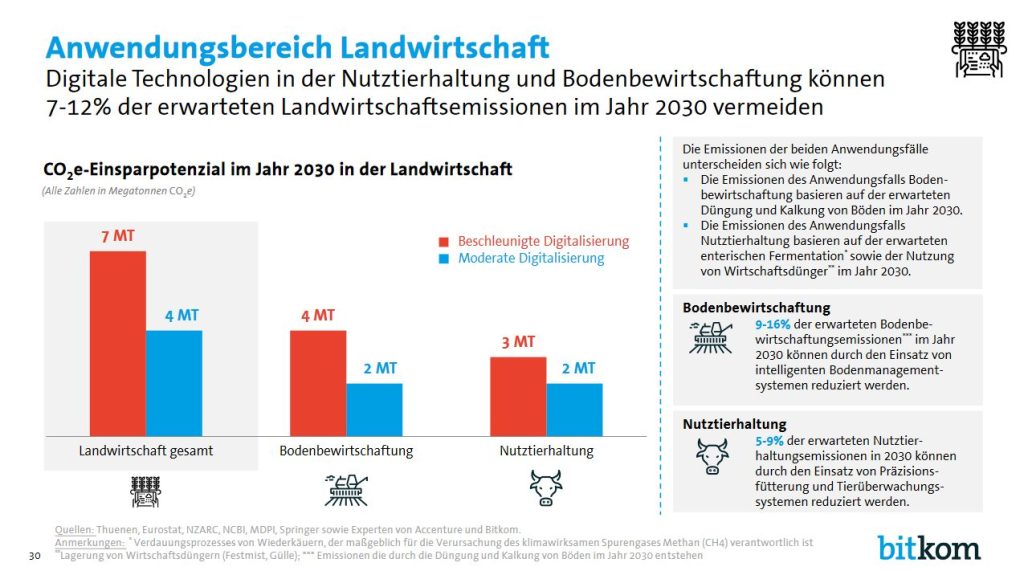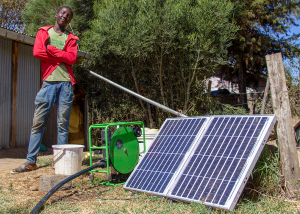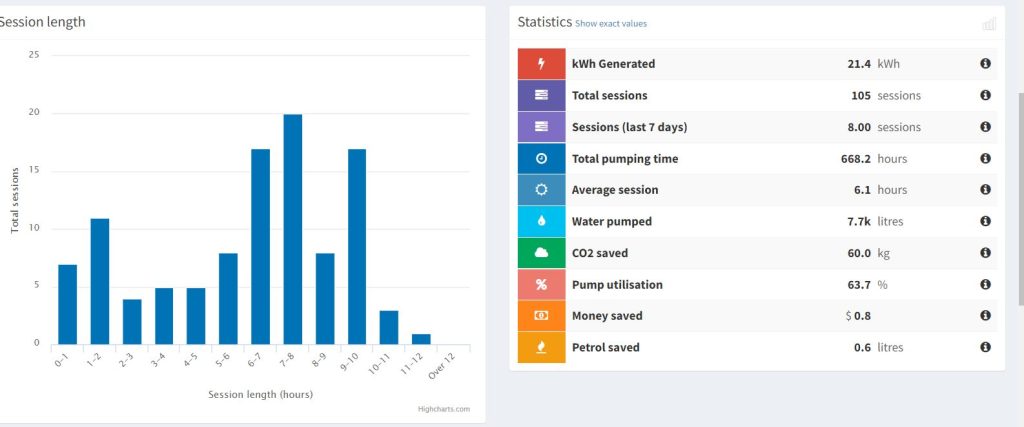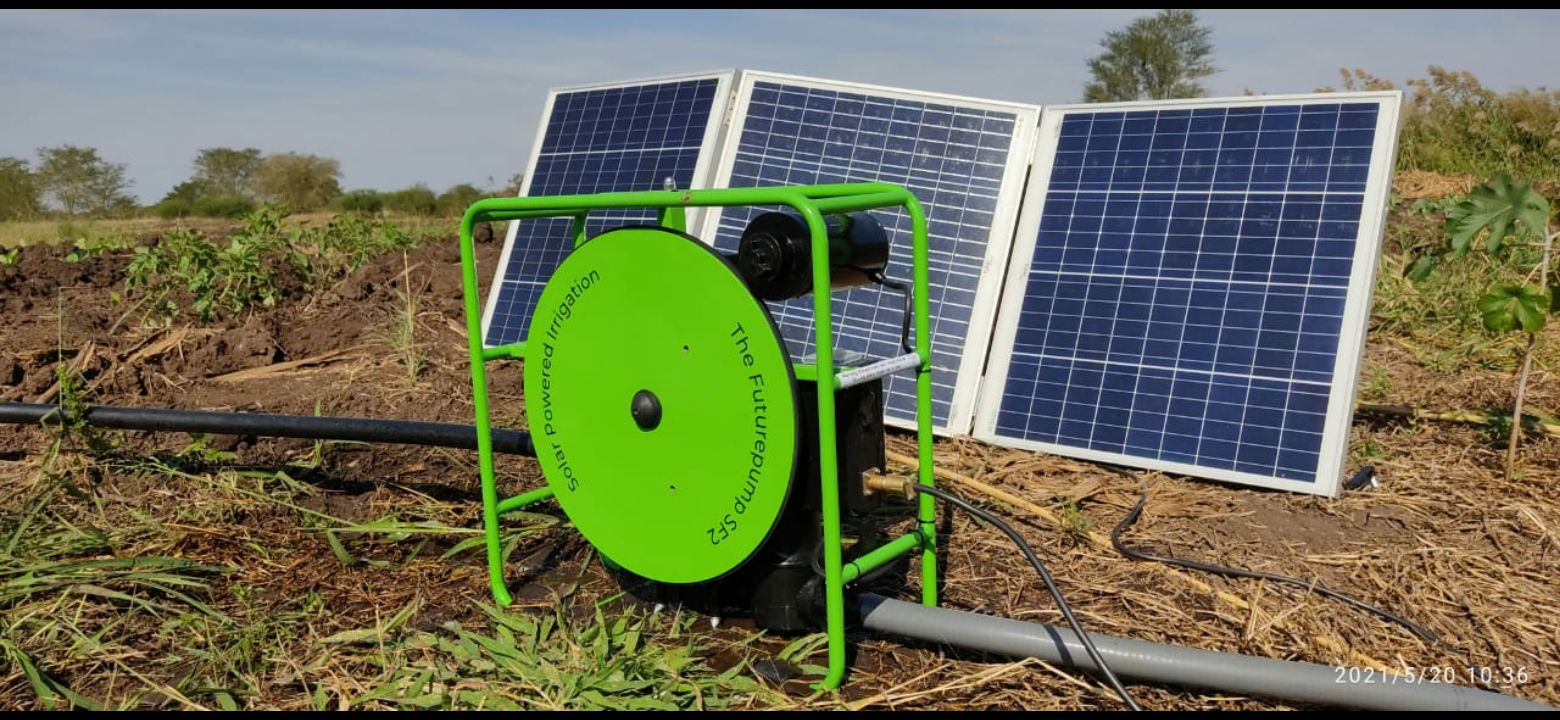Concerns about the environment and sustainability are clearly in the Zeitgeist and occupying the thoughts of most people. In the world of Internet of Things (IoT) & digitalization it is no different, a recent study from www.bitkom.org focussed in on the potential of impact of IoT and its ability to reduce emissions by 2030.
One of the focus areas was Smart farming, here the study investigated two areas.
- How IoT could be used to move away from blanket fertilization and be more targeted.
- Methane capture from cows, specifically how using IoT could help monitor emissions.
The study concluded that in these areas CO2 emissions in the year 2030 could be reduced by between 4 Mio tonnes per year but this could be raised to 7 Mio Tonnes with a high level of digitalization.

While these reductions are substantial, there are alternatives that question the need for these industries. For example nitrogen fertilizer usage itself is a major contributor to greenhouse gas emissions, and if regenerative farming techniques were widely adopted the need for fertilizer would drastically reduced. Methane capture from cows involves horrible conditions for the animals, which raise serious ethical, environmental, and moral questions that the meat industry would rather ignore. Wide scale adoption of vegetarian diets would result in much greater CO2 emissions.
There are some companies that have taken on the challenge of smart farming and reducing CO2 emissions in a sustainable and ethical way. The potential CO2 savings of these approaches could be much higher than the reductions highlighted above.
One of the trailblazers in this area is the company Futurepump. Futurepump is a British / Indian company that manufactures Smart Solar powered water pumps for use by small scale farmers predominately in the 3rd world.
The solar water pumps are used for irrigation purposes and are designed as a robust / lightweight replacement for small petrol motors. In addition to the innovative water pump design the business has been built with IoT playing an integral part in the company’s business model.

Futurepump sells the pumps with an IoT box that monitor’s the power, current, voltage and RPM of the device. From these data points an estimate of how much land is being irrigated and how much money and CO2 emissions are being saved (compared to using a petrol pump) is generated for each pump. The users can access an online dashboard to monitor their device and see how much money they have saved. The location of the pump is also recorded, and the data is sent over the GSM network. This provides Futurepump with a worldwide map of where all their devices are and how they are being used. This information is used to develop better products and services. The basic schematic of the Futurepump IOT system is shown below.

The solar water pumps have been designed to be robust and cheap to produce, despite the low-price tag of $330 this can still be out of the reach of most small-scale farmers. To solve this problem the IoT box can cut power to the pump which allows both distributors and individual farmers to provide the pumps via a subscription service. This helps some of the farmers recoup their initial investment in the pump.
Based on the data received to date Futurepump has calculated that on average their pumps save about 0.4 Tonnes of CO2 per pump per year. In just India alone there are an estimated 11 Mio petrol powered motorized pumps used in irrigation. If all these petrol pumps were replaced with Solar powered pumps the savings would be over 4 Mio Tonnes of CO2 per year. It’s a remarkable figure when you compare this with the output of bitkom study.

Worldwide the savings are even greater. It’s an inspirational product / service that has huge potential to reduce emissions. The product is helping small scale farmers to improve their crop yields and in most developing nations this can have a huge impact on rural communities.
Farming when done with soil conservation techniques has the potential to pull carbon dioxide out of the atmosphere and lock it in the soil. The potential of Smart Farming in the fight against climate change is huge.
My main takeaway are, when thinking of applying IoT to be more sustainable, one has to look beyond taking the existing business model and adding some sensors. Better to recreate the business model with sustainability and IoT as core elements of the business strategy.
